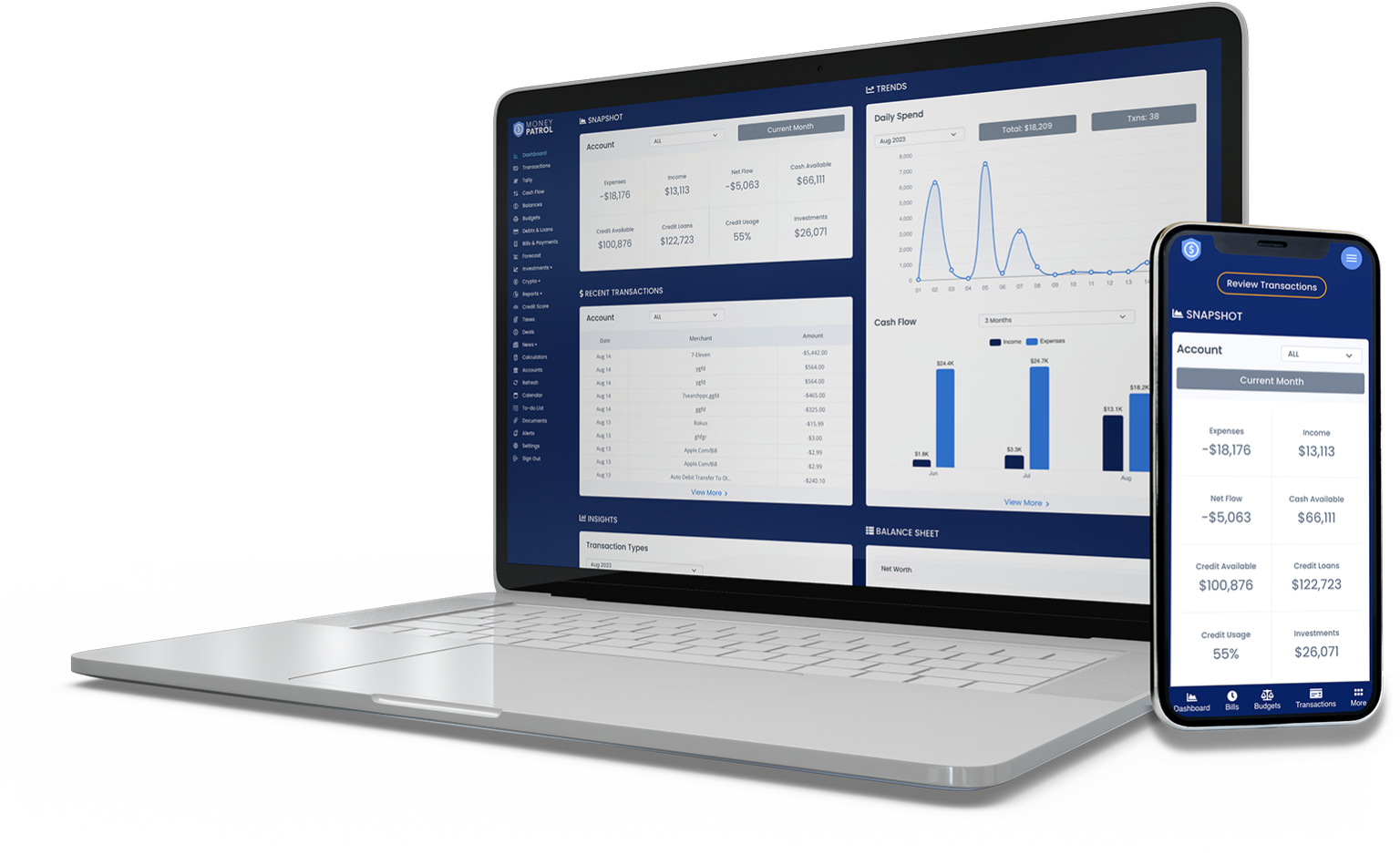Budgeting and Savings are among the top requirements for most during and post covid. We were in 2021, and the COVID-19 issue was rapidly evolving. It has caused significant disruptions to Indian enterprises. Many organizations have had to cope with budget constraints and different concerns in the last year, particularly in the supply chain.
- Businesses were forced to minimize expenses to stay afloat and manage their working capital requirements to preserve short-term efficiency and enhance liquidity.
- To adapt to the pandemic’s effects, zero-based budgeting may be a particularly effective strategy for re-budgeting existing expenditures.
- And we are making room for new project investments aligned with the organization’s strategic business goals.
Given the significant growth and spending, the company sought to optimize its operations in America. And is required to maximize its selling, general, and administrative (SG&A) spending by $200 million or more in FY19 to meet its 2020 revenue and growth targets.
In the current unpredictable economic climate, corporate leaders are grappled with a slew of essential concerns. The goal is to discover a solution that would assist them in better controlling their expenses and savings in this environment. Companies may solve these critical issues by implementing zero-based budgeting (ZBB) and managing their overriding payments effectively.
What is the Difference between Budgeting and Savings?

Budgeting is the practice of projecting revenue and spending for a given period. Choose your financial priorities.
After your spending and income, your goals will likely influence how you manage your savings. For example, if you know you’ll need to replace your automobile shortly, you may start saving for it now. But keep long-term objectives in mind—critical it’s that retirement planning doesn’t take a back seat to immediate necessities. Planning your savings objectives might help you decide where to put your money.
The 2015 FINRA Study gives insight into budgeting and saving habits, revealing that many Americans spend more than they earn and do not save. Overspending on non-essentials and poor income lead to out-of-balance household budgets.
A budget is a strategy for managing every dollar you have. It’s hardly magic, but it means more financial freedom and less stressful existence. Here’s how to create and then manage a budget.
1. Cancel any Auto-Subscriptions or Memberships

You’re probably paying for many subscriptions, including Netflix, Hulu, Spotify, gym memberships, fashionable subscription boxes, and Amazon Prime. It’s time to cancel any subscriptions you’re not using regularly. When you make a purchase, make sure to switch off auto-renew.
If you cancel and realize you can’t live without it, subscribe again—but only if it fits within your new and improved budget. If that seems frightening, you may alternatively set up a direct deposit to automatically send 10% of each salary into your savings account.
Consider splitting memberships with family or friends for those you wish to maintain. Many streaming services, such as Netflix and Hulu, allow you to view your favourite shows on two or more screens (with an upgraded account). Everyone wins—and saves—this way!
2. Select a Budgeting Strategy
Any budget must cover all of your requirements, some of your desires, and — most importantly — saves for emergencies and the future. Because your income, spending, and priorities may vary over time, you should actively manage your budget by examining it regularly, perhaps once a quarter.
You may choose when, how much, and where you want your money transferred. You can even divide your direct deposit so that a portion of each paycheck goes directly into your savings account.
The envelope method and the zero-based budget are two examples of budgeting plans. Consider these budgeting strategies if you’re having trouble sticking to your budget.
To get the most of your money, we propose the famous 50/30/20 budget. You spend half of your after-tax income on essentials, no more than 30% on desires, and at least 20% on savings and debt reduction.
Every month, go through your budget and track your progress. It will assist you in not just sticking to your personal savings strategy. However, issues must be identified and resolved swiftly. Understanding how to save money may motivate you to find additional methods to protect and reach your objectives more quickly.
3. Taking on New Debt
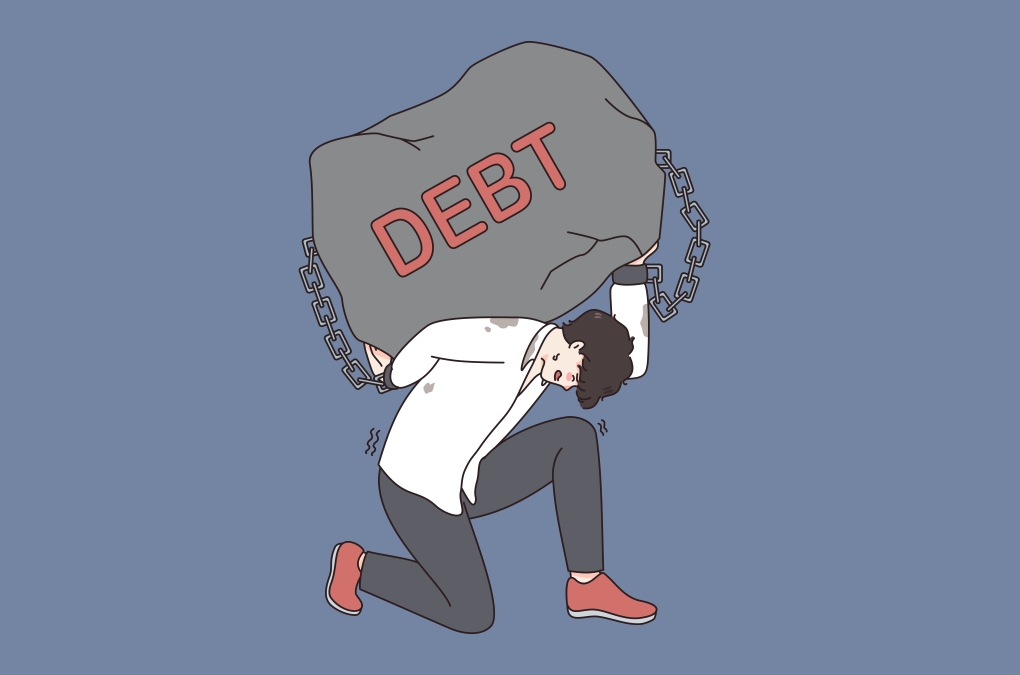
In good times, when you can generate enough money to handle monthly payments. However, as the economy deteriorates, dangers grow, including the possibility of being laid off or losing business income.
If this occurs, you may be forced to accept a job—or jobs—that pay less than your former wage, reducing your capacity to repay your debt. And still save for retirement, taking on new debt, such as a vehicle loan, home equity line, or school loan, should not be an issue.
The average American household is $130,922 in debt, so many Americans are going to bed with full tummies.
Being in debt makes saving more challenging, which explains why the average personal savings rate has remained around 5% in recent years.
You know you’ll need to replace your car or install a new roof on your house at some point. Could you make a note of how much it will cost? If you expect to require $10,000 for a car in four years, you’ll need to save $208 every month.
Credit counselling may be beneficial if you spend too much of your income on credit card debt payments.
The amount you receive is most likely if you receive a monthly paycheck. If you have additional sources of income, such as side hustles, deduct anything that decreases it, such as taxes and business expenditures. But if you have automated deductions for a 401(k), savings, and health and life insurance, put them back in to obtain a fair picture of your savings and expenses.
In summary, if you consider adding debt to your financial equation, keep in mind that it may complicate your financial situation if your income falls. In a recession, taking on additional debt is dangerous and should be treated with prudence. Pay in cash if possible, or postpone large new purchases.
4. Make a budget as per the Expenditure Budgeting Categories
You’ll only start saving money when you develop good money habits and prioritize your future requirements over your current desires—in other words, when you make saving money a priority. So go for it! A simple trick can break the pattern of living paycheck to paycheck. Before the month begins, create a zero-based budget.
- Room and board or rent
- Groceries.
- Dining.
- Travel.
- Memberships to gyms.
- Household items.
- Subscriptions to phone, internet, and monthly streaming services.
- Transportation costs such as gasoline, train tickets, and bus fares.
A budget is all about being deliberate. It assists you in developing a plan so that you can see where your money is going and how much you may save each month. When you create a zero-based budget, you name each dollar and assign it a task before you save or spend it. Remember, it doesn’t matter how much money you make; what counts is how you spend and conserve it.
Conclusion
A recession can harm your finances. In a slowing or recessionary economy, limiting your spending and avoiding taking unnecessary risks that might jeopardize your financial goals is advisable. Preparing and adopting are a few easy precautions to help weather the economic storm.
Cosigning a loan can be a dangerous commitment. If the borrower fails to make the due payments, the cosigner may be obliged to do so instead.
During an economic downturn, the risks of cosigning on a loan increase since both the borrower and the cosigner may face an increased possibility of losing a job or experiencing a decrease in company revenue.
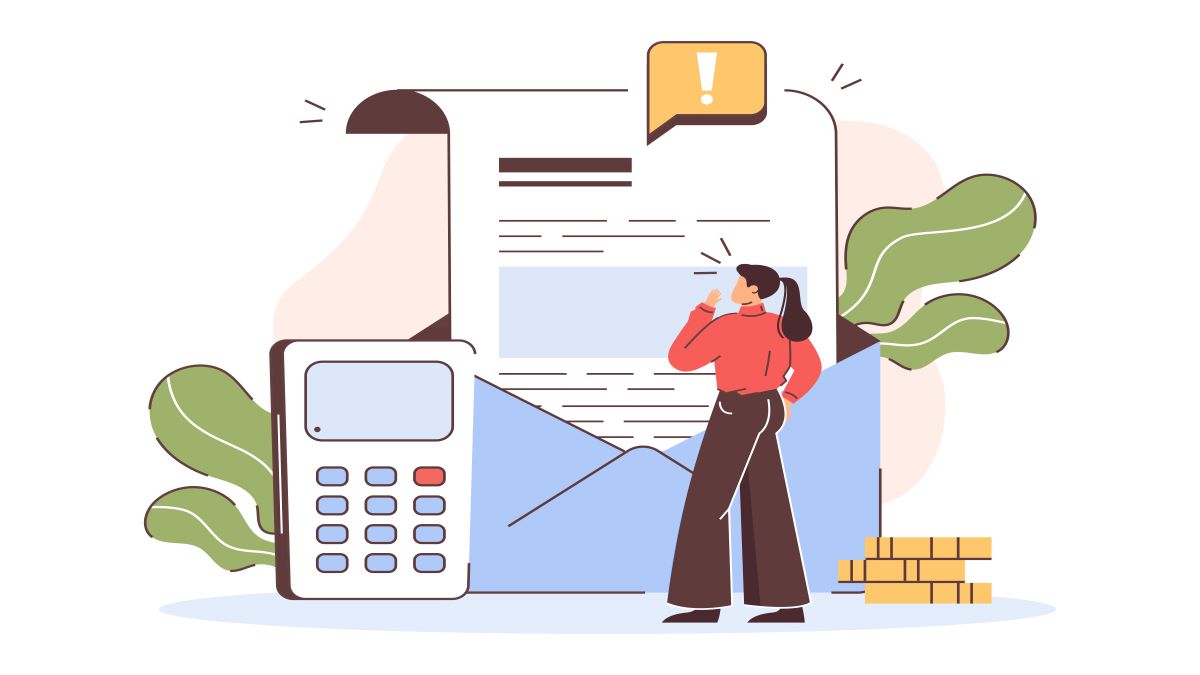
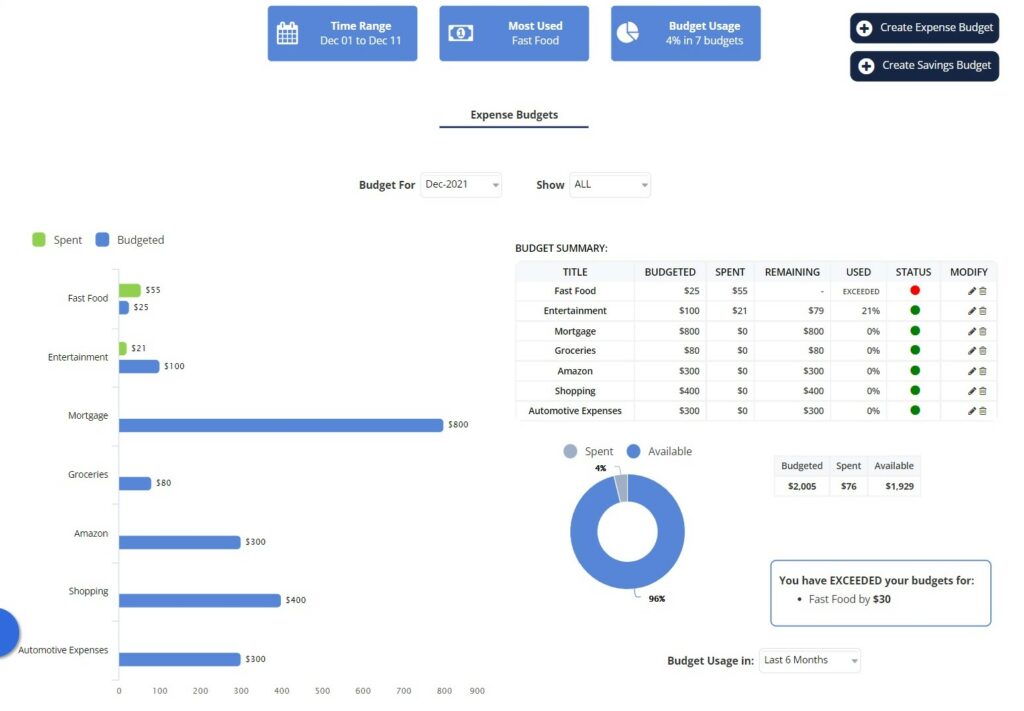
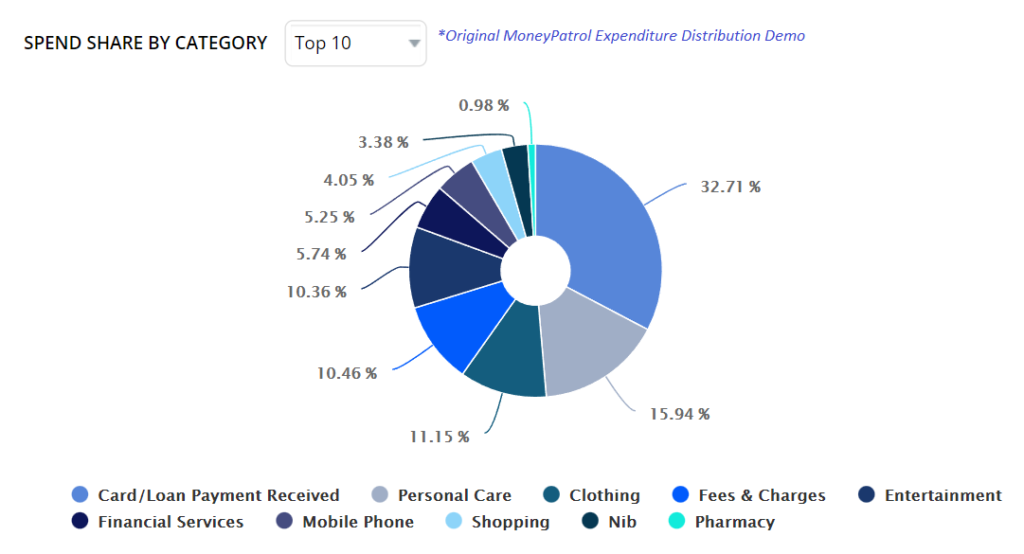
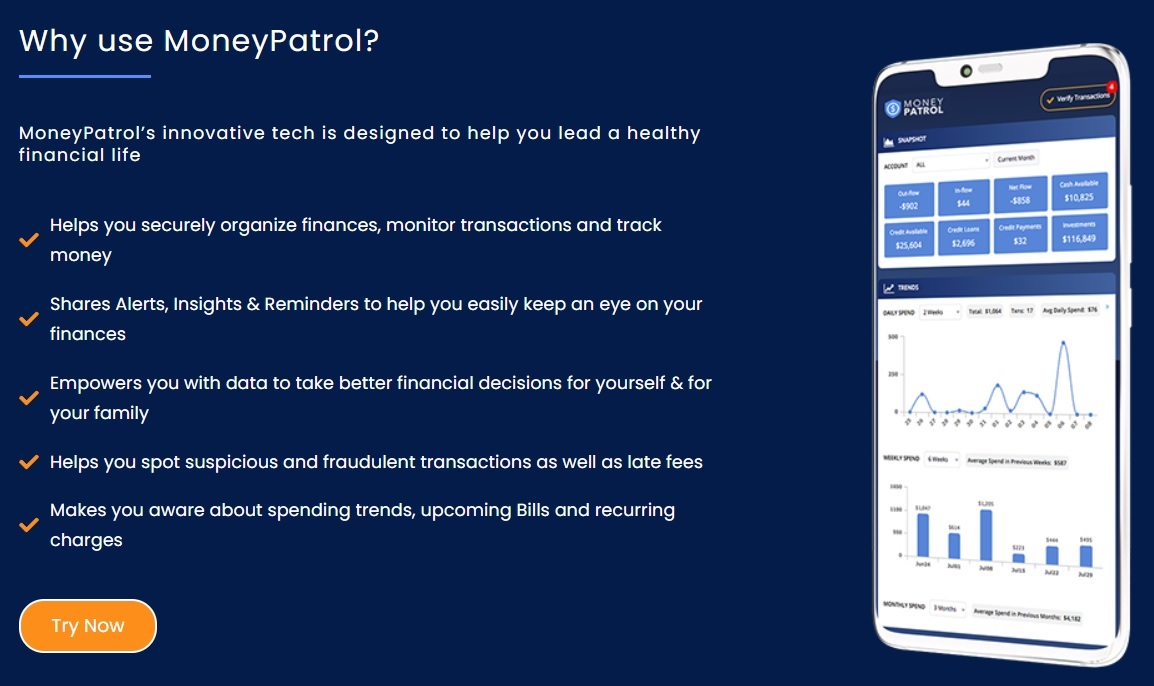
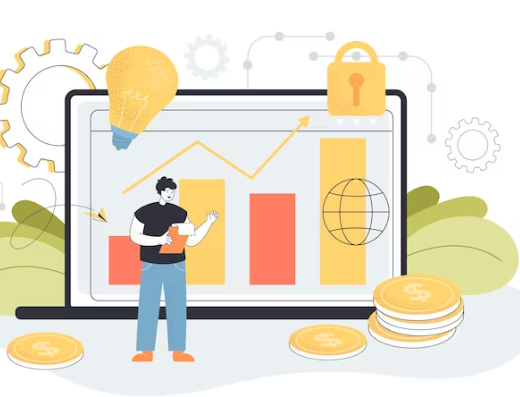
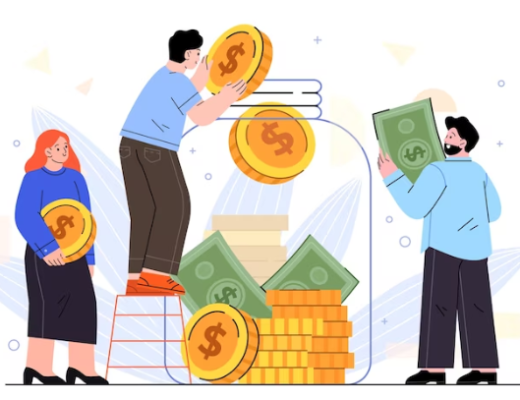

 Our users have reported an average of $5K+ positive impact on their personal finances
Our users have reported an average of $5K+ positive impact on their personal finances
